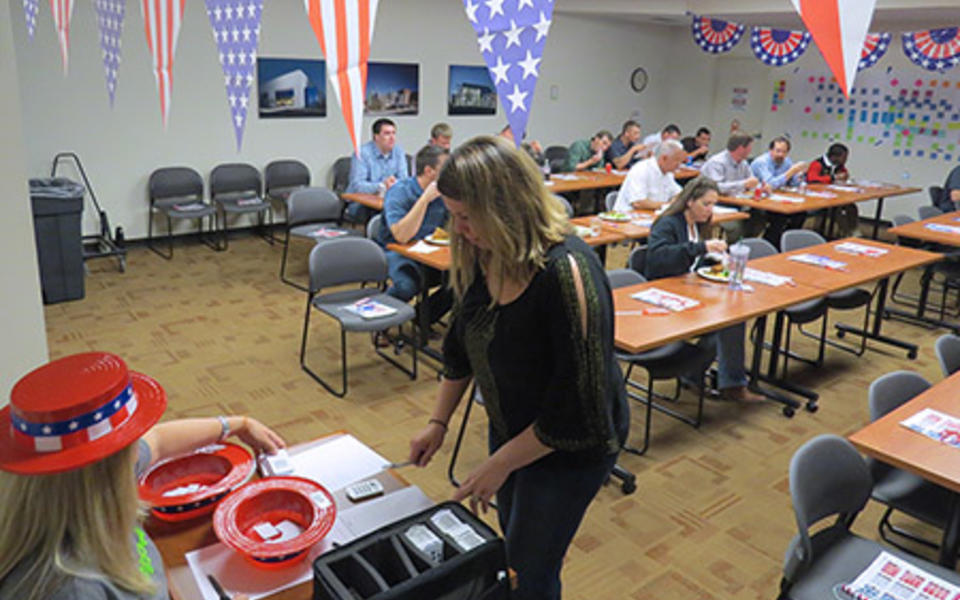Safety
What makes people work safely? What makes them take risks that compromise their safety? Over the past couple of years, Pepper has been asking these questions so we can get ahead of the incidents and influence people's mindset, and thereby affect their decisions. In the process, we've learned a lot about how our own actions and inactions impact others' decisions to be safe, which has led to new ideas for making safety a priority on our jobsites.
At Pepper, we're asking every person to take greater ownership and engagement in walking the talk. As part of our safety leadership program, we track 11 different metrics, such as worker recognition, following up on tradespeople suggestions and participation in safety discovery meetings (open forums with tradespeople). We also track creative ideas. As I have been reviewing our activities from the past year, I'm impressed with how creative our teams are. And more importantly, I appreciate their willingness to think through a situation and present a solution that can impact safety companywide. Because we, at Pepper, don't believe safety is proprietary, we would like to share what we've learned and encourage you to take our ideas and use them.
- A superintendent gave his tradesmen a Popsicle break to keep cool in 90 degree temperatures.
- One team found a new sprinkler shutoff tool that minimizes water damage.
- Our shop developed a new crash cart for rapid cleanup of water emergencies.
- A painting contractor created a mini containment system to protect surfaces from potential equipment fluid spills.
- Our team at IU Health started using an industrial grade floor scrubber for cleaning, which also improves infection control and prevention.
- Another team used a portable tent and plastic to isolate renovation work inside a hospital atrium.
Why do we keep track of and measure these kinds of activities? We believe that what gets measured gets done. Our safety performance has improved over the last two years. I'm most encouraged when we talk to tradespeople, and the comment we hear the most is that Pepper is genuine about our commitment to safety. It's not just something we talk about in the trailer and then go do whatever it takes to get the job done. Workers understand that when they're on a Pepper job they know we'll back them up. And they appreciate our high standards, supported by an environment that doesn't place blame but instead is focused on working together to create a culture of safety.
Safety leadership takes effort. If we really want to improve the number and severity of injuries in our industry, we have to get to the root cause and understand why people take these risks. And we can't have a passive approach that assumes the next person will take care of it. Instead, it requires a genuine concern for each other that prompts us to think about what we can do personally to be safe.
About the Author








